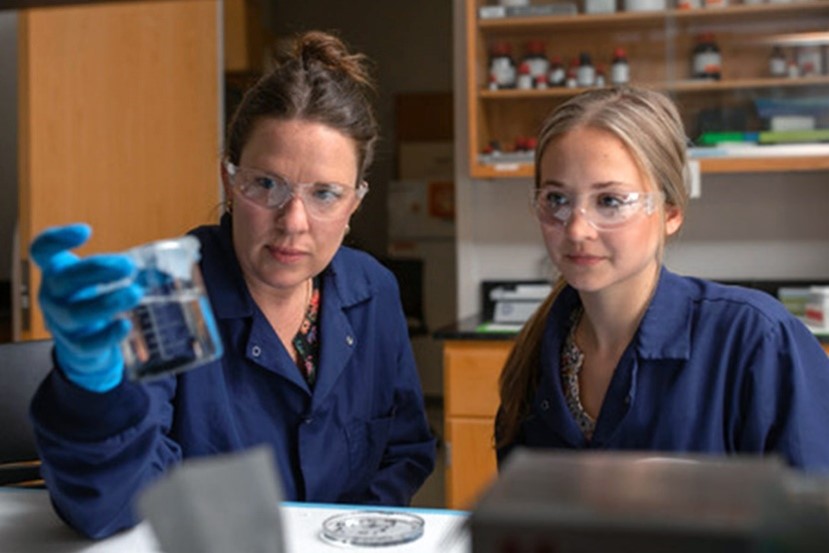Superfund Research Program
June 2024

Researchers at the University of Kentucky (UK) Superfund Research Program (SRP) Center tested the impact of electrically charging certain filtration materials to remove PFAS.
A study led by the 2021 Wetterhahn awardee and former UK SRP Center trainee, Molly Frazar Lahey, Ph.D., tested low-cost hydrogels and their ability to remove PFAS from water samples from contaminated sites in Kentucky. Lahey found that the charged hydrogels absorbed almost all the PFAS in the samples, and in some cases, the hydrogels can be regenerated to their original state by heating them with a specialized magnetic field.
“The charged hydrogels could remove the majority of PFAS in a sample in about two hours, much more quickly than activated carbon, which can take 40 to 60 hours to achieve similar results,” said Lahey. “If deployed as part of PFAS remediation plans, these charged hydrogels could be a lot more efficient than existing methods.”
To learn more, see the NIEHS Environmental Factor Newsletter


